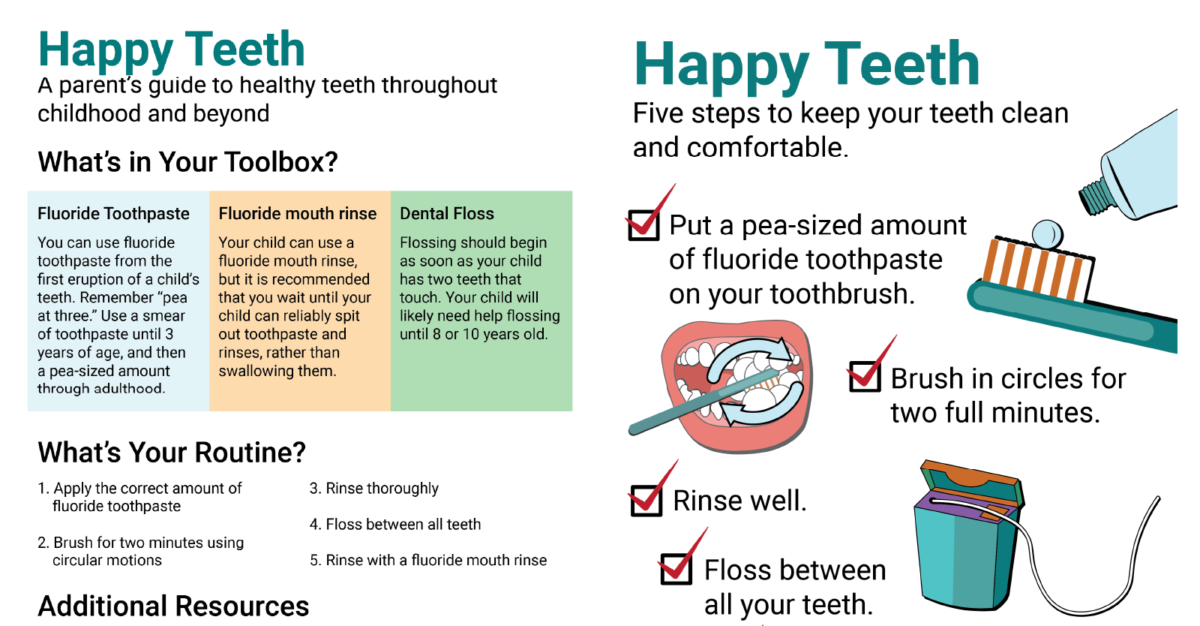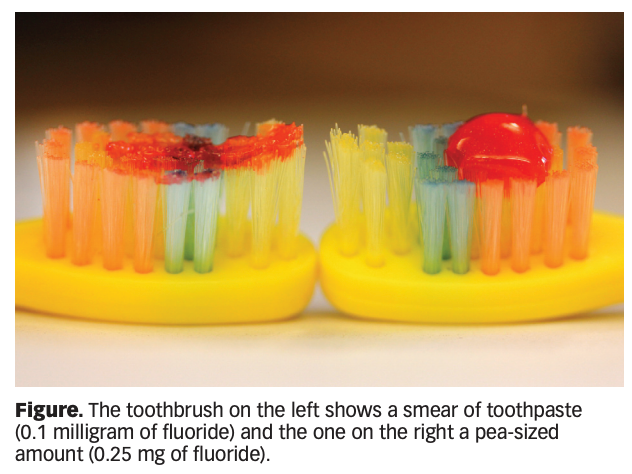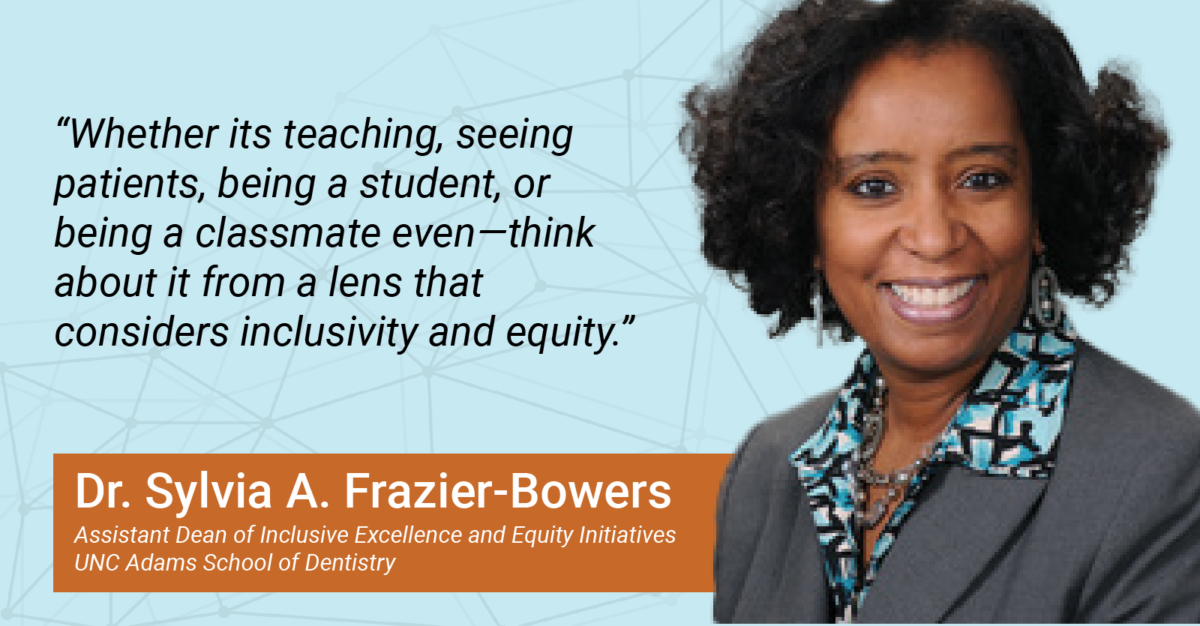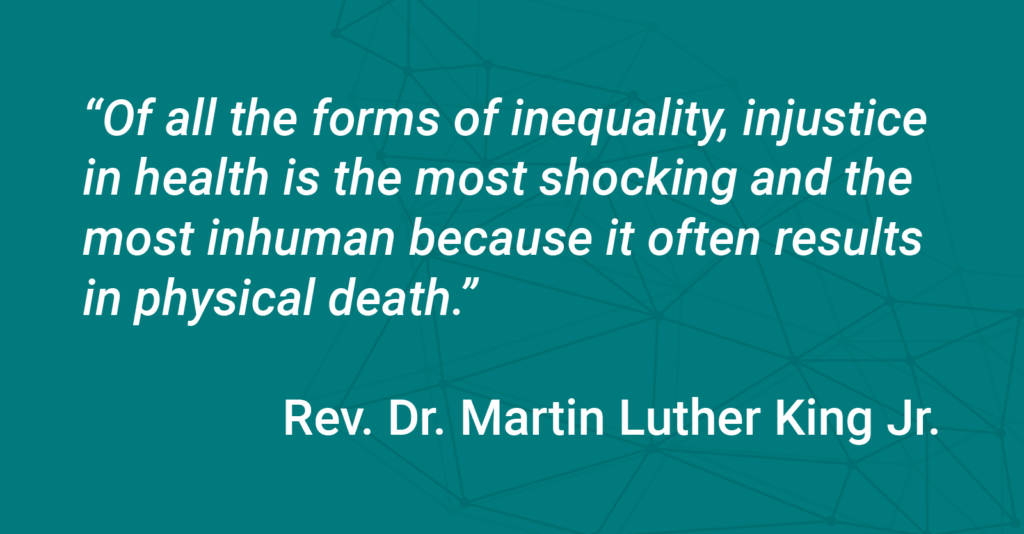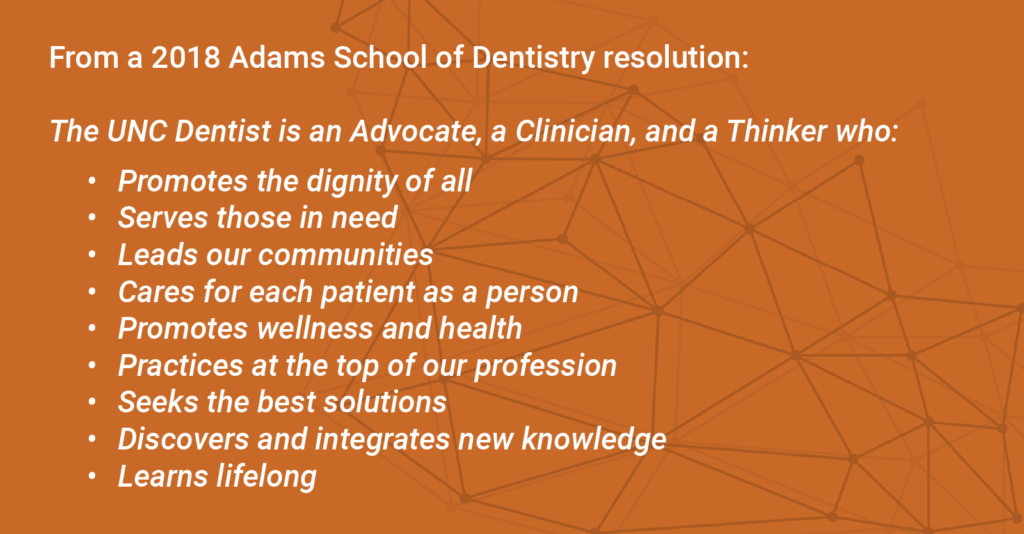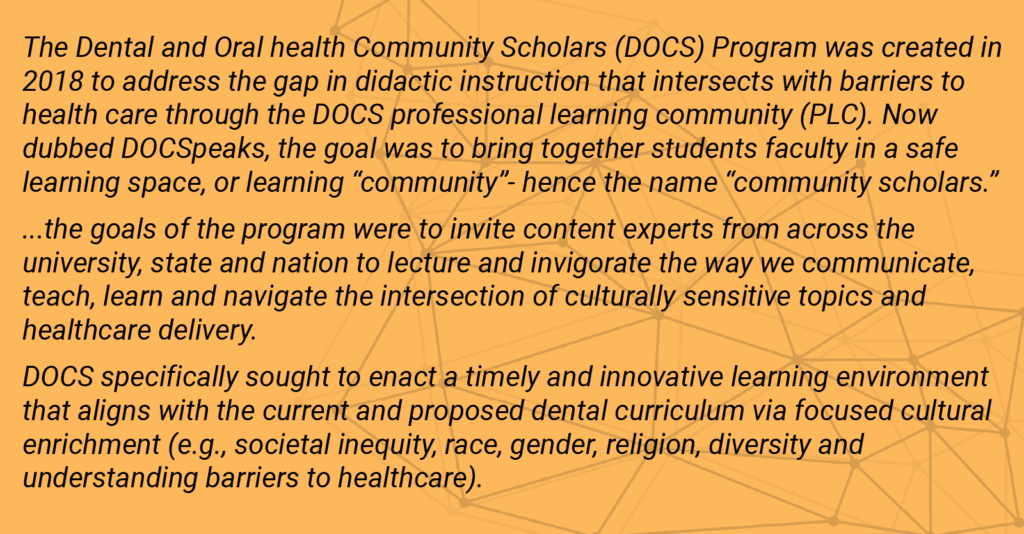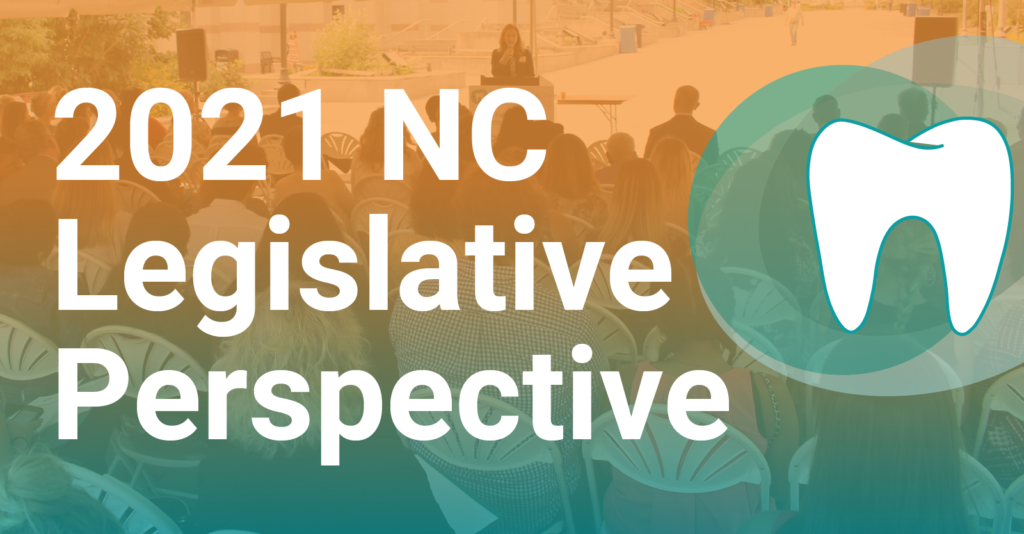
As we move forward into the new year, it is important to be aware of policy changes that may directly affect access and equity in oral health care for North Carolinians. We sat down virtually with Ben Popkin, The Foundation for Health Leadership & Innovation’s political strategist, to gain insight into what health care professionals, providers, and patients should be on the lookout for in 2021.
Health policy consultant Ben Popkin began his career as a staff attorney in the North Carolina General Assembly’s Research Division. He has also worked in the legislature’s bill drafting division. Popkin has experience in the Medicaid transformation space, and has helped the North Carolina Oral Health Collaborative achieve great strides through his lobbying and strategic planning advice for public health groups.
Popkin will assist NCOHC in several key areas of focus during the coming year. With the COVID-19 pandemic still impacting daily life, creating a more defined structure for telehealth, specifically teledentistry, is particularly important among the oral health community.
Teledentistry and Dental Hygienist Regulations
Teledentistry is not currently prohibited, but in North Carolina there are a lack of guardrails for those who use it. Popkin says that it is important that there be “a safer and more defined structure that includes standards of the practice, such as patient protection and informed consent.” It is critical to move toward legislative changes that support the permanent adoption of teledentistry models.
Read more about teledentistry in NOCHC’s policy brief
There are several North Carolina counties that do not have any practicing dentists. Lack of oral health care is not aided by the fact that North Carolina is particularly restrictive when it comes to the services dental hygienists are able to provide. Popkin notes that allowing hygienists to provide more services — like administration of local anesthesia — would increase productivity and efficiency in dental care.
“We want to reduce obstacles to dental hygienists and even to dentists who want to provide care to underserved areas,” Popkin says. Along with moving teledentistry forward, placing a priority on giving dental hygienists an increased ability to do the job they are qualified and trained for, would lead to meaningful victories for providers and patients alike.
Regulatory vs Legislative Policy Changes
NCOHC achieved several policy victories in the past year, most notably the 16W rule change, which allowed dental hygienists to provide preventive care services to individuals without having to have first received a prior examination by a dentist.
This was a regulatory policy change, as opposed to a legislative policy change.
“The typical structure is to have the required details for an initiative laid out in statute. Once the legislature has enacted law, a respective agency would adopt the rules. After the underlying framework is provided in statute, then the rules would provide the specific details for how to implement the initiative,” explains Popkin.
In other words, a legislative policy change involves the North Carolina General Assembly support and enactment on a bill, whereas a regulatory change involves a board, such as the North Carolina State Board of Dental Examiners (NCSBDE) approving an amendment to rules they have authority over.
Changing policy through the regulatory process involves making a specific rule proposal, which would first be either approved or denied by the rulemaking body in question. If approved, the rule would then go through the Rules Review Commission, which either approves or denies the rule after checking for precise legal authority.
“When it comes to teledentistry, our focus is on the legislative approach to enact statutes because of the detail needed to guide the rules,” Popkin says.
Popkin is optimistic about a teledentistry bill being approved in 2021. When asked about the specifics needed to push a bill forward, he mentioned the importance of issue experts like Dr. Zachary Brian, NCOHC’s program director, speaking directly with policymakers.
Events like NCOHC’s Oral Health Day helped to disseminate information to legislators and the general public about the importance of teledentistry. Collaborating with high-level universities, creating public awareness, and continuous contact with decisionmakers are crucial elements of successful policy change.
NC Government in the 2020 Election
In North Carolina’s 2020 elections, the outcome was fairly stable. The Republican party remains in control of the State Senate and House of Representatives. In the Executive Branch, Democratic Governor Roy Cooper was re-elected, meaning that the Health and Human Services Department staff also remains the same.
Popkin is hopeful that NCOHC’s goals will be treated in a non-partisan way.
“In North Carolina, we have a great health policy community…My goal is to bring consensus among parties and get a win for everybody.”
National Perspective: Future of the Affordable Care Act
At the federal level, there has been a very public shift in the Supreme Court. As far as the future of the Affordable Care Act, Popkin says, “It remains a very politicized topic. We will have to wait and see what happens.”
North Carolina was awarded nearly 90 million dollars to implement systems that would help provide people with healthcare. Popkin explains that there is yet to be a viable alternative proposal and, should it be repealed, many North Carolinians could be in danger of losing their insurance coverage.
“When politics infiltrates a subject, it is difficult to have a nonpartisan discussion,” Popkin said.
However, he is doubtful that the Affordable Care Act will completely disappear any time soon.
Get Involved
When asked how readers who are passionate about increasing access and equity in oral health can get involved, Popkin encourages people to reach out to their elected officials. “Email or call your legislators and let them know what’s important to you. It’s not uncommon for a member of the public to initiate an effort that can become law.”
You can now engage with the legislative process easier than ever. The General Assembly’s website allows you to follow chamber discussions, committee meetings, read up on actual drafts of bills, look up regulations, and find your legislators.
Want to get involved in building a more accessible, equitable oral health landscape in North Carolina? Become a North Carolinian for Change today! Our new platform will connect you with the most impactful opportunities to get engaged in efforts to change policy and build a future where all North Carolinians can get the care they deserve.


